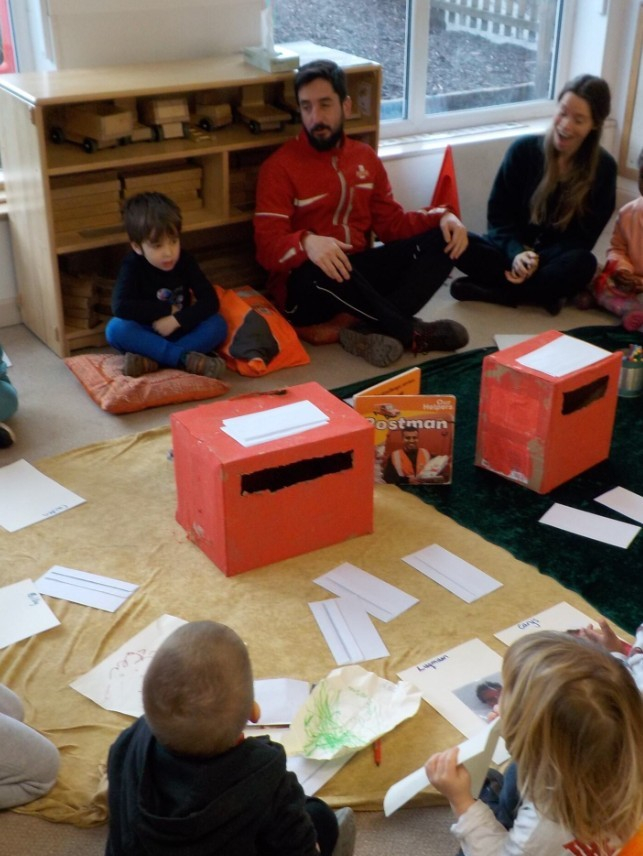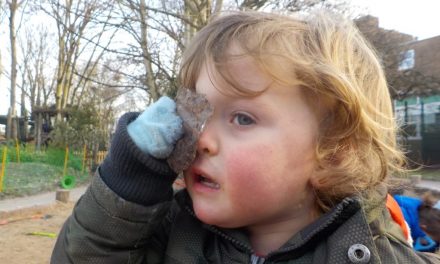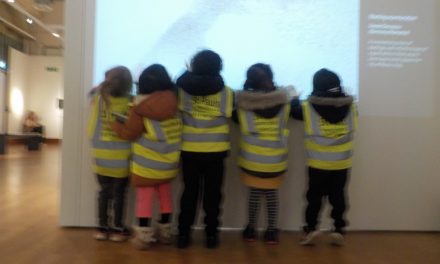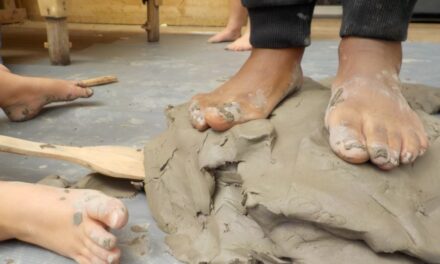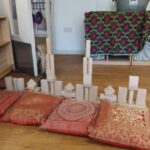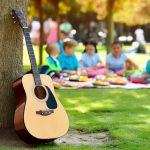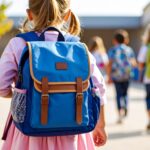Building Learning Power
In their Block Play, with the workshop materials, in their drawing and mark making, in their construction and small world play, in their wallowing and immersion in the malleable materials of clay, playdough, water, sand… the children have been Building Learning Power!
Do you know about our Value of LEARNING IS LEARNABLE?
We have been influenced by Professor Guy Claxton at Bristol University.
And his thinking has given us a Language of Learning, a way of describing that Learning is Learnable, and helps us ‘narrate’ and talk about children’s learning in terms of metacognition and how children learn.
Children are incredibly powerful, capable and competent learners aren’t they – so full of curiosity, questioning, finding out – they are natural researchers!
And we are researchers too – we are researching children researching the world!
Children have been planning and revising how to use the tools around them to achieve goals.
In Building Learning Power this is called REFLECTIVITY.
The children have been persevering, managing distractions and becoming absorbed.
In Building Learning Power this is called RESILIENCE.
The children have been collaborating and imitating each other’s learning.
In Building Learning Power this is called RECIPROCITY.
The children have been capitalising on resources and people around them, imagining the use of the tools and materials, making
links in their learning and between their many worlds.
In Building Learning Power this is called RESOURCEFULNESS.
Children’s interests, fascinations, experimentations and playful moments have been full of hole punching, threading, printing, pattern making, mark making, shape playing, animal role play, building houses, homes for animals, observational drawing, cooking, running, digging, climbing… the children have been Building Learning Power!

The Brilliance of Blocks
Blocks are an essential material for learning.
Learning is full of mathematics, full of spatial reasoning, full of creativity.
Mathematics is so creative!
We are supporting children’s recognition, visualisation, representation.
It’s incredibly complex and sophisticated play and learning to recreate something from a 2D photograph and construct it using 3D shapes.
Lines that curve, bend, flatten and straight.
Lines that angle, are sharp, turn right and right again.
Shapes changing, shapes interpreted from flat to solid.
Shapes that have faces and sides, corners and vertices, edges where faces meet.
Shapes that have width, height, depth and weight.
We are supporting children to find shapes and shapes within shapes… to compose and decompose shapes… to notice shapes in spaces… to visualise what shapes could fit in spaces.
We are supporting children develop a mathematical language, a language using objects and concrete materials.
Blocks have their own language.
A language of science, of engineering, of technology, of aesthetics, a language of maths.
Have you seen our Block Room?
Would you like to come and play with the Blocks?



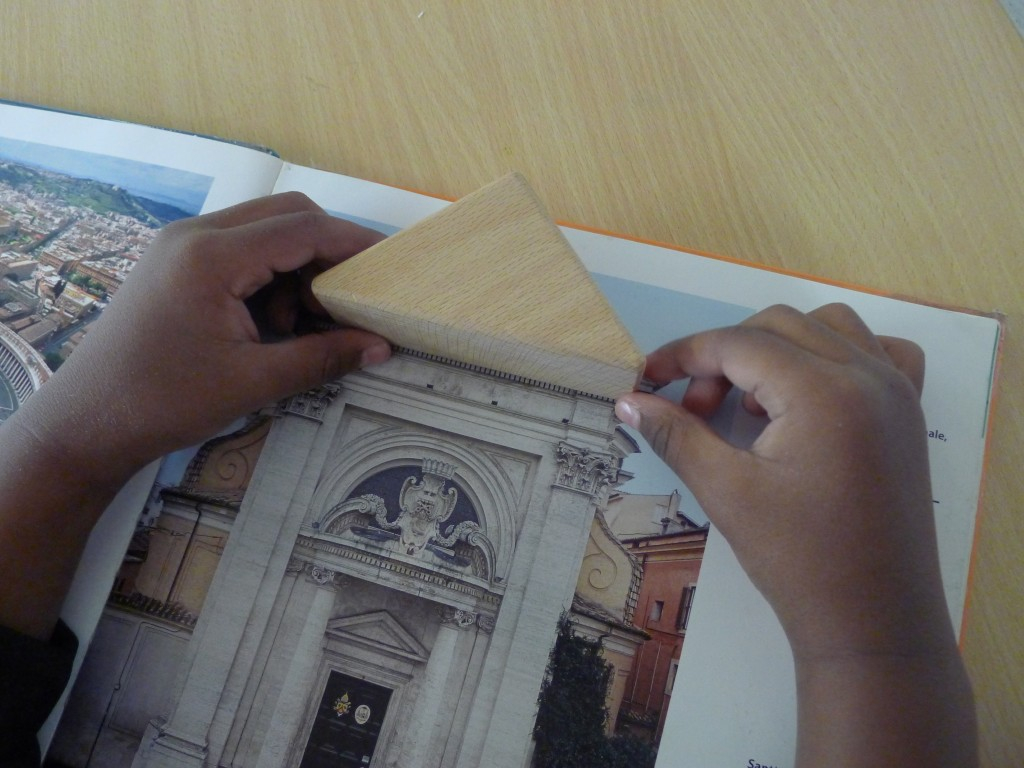

Mapping Our World
“Using and drawing maps (a representation of space) presents children with the opportunity to think about the spatial relationships between places in their environment.” (ECMG)
The children are experts of their many communities.
We have been on local walks, posted letters, visited the library and talked about children’s journeys to school and further afield.
We have been mapping before, during and after these experiences and journeys to help children develop a cognitive map of their world.
We use lots of different strategies and tools to help children ‘map their world’, to support their understanding of direction, position, perspective, distance.
We use all our senses to map – what they think they might see, smell, taste, hear and touch along the route?
We create models and floor maps using Duplo, Lego, blocks, clay, playdough – thinking about scale, magnitude and perspective.
We draw the sequence of the journey – a linear map that helps us talk and think about first, next, after, then, finally.
We map using photographs and video – a digital language – and make observational drawings on route.
We use collage materials to “tell a story” of the journey.
We play with maps, atlases, globes, ordnance survey, older/archive maps/photographs of localities and communities to help us understand how journeys are translated and transcribed.

Posting and a ‘Postie’
Our St. Paul’s Promise says “I can use marks to communicate meaning” and we have been writing letters and notes and cards home.
Since Christmas children have been fascinated by cards, letters, presents and post!
We are supporting children to be confident, skilful, independent writers and authors, experienced in mark making and writing for many purposes – stories, poems, jokes, notes, lists, letters, plans, maps, drawings, diaries, messages.
So, letters and envelopes and stamps were taken to a post box and posted home to families.
Do you ever wonder what happens to your letter once it’s taken by the post box?
Well, we invited in a ‘postie’ to tell us all about it!
We are now experts in the posting things… so just ask if you want to find out!

